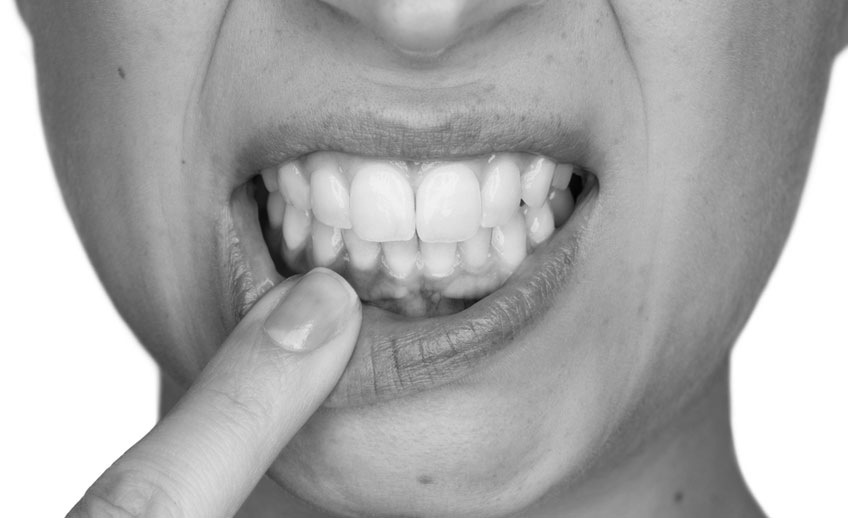Dental Implants vs. Bridges

Two popular options that many people consider when they want to replace missing teeth are dental bridges and dental implants. The key question which each person wants to answer is, “Which option is right for me?” This article discusses dental implants vs. bridges and other related questions.
How Dental Implants Work
A dental implant is an artificial root of a tooth anchored in the position left by the missing tooth. The implants are usually made from titanium, a metal which has distinguished itself as being readily accepted by the body and its high durability. Dr. Chris Green, a dentist in Parker, CO, explains that after the implant has been surgically placed, a temporary covering is placed on it as osseointegration (a process through which the dental implant fuses with your jawbone) takes place. Osseointegration can take up to six months to be completed, but this is time well spent because the outcome is a very stable and long-lasting prosthetic. The dental experts at Green Dental Care will remove the protective covering on the implant and replace it with a temporary crown once osseointegration has taken place. This temporary crown has a base which guides the gum on how to grow around the implant. The final stage of this process entails removing the temporary crown and placing a permanent crown in its place.
How Dental Bridges Work
Picture a bridge on a river if you want to grasp how a dental bridge works. The bridge on the river is supported on both sides of the river and the middle of the bridge is suspended over the water. Similarly, a dental bridge replaces a missing tooth by relying on the surrounding teeth to provide support to the artificial tooth. A crown is placed on the neighboring tooth on either side of the gap and the crown taking the place of the missing tooth fills the gap. The process of getting a dental bridge typically takes a shorter time than the time needed to get a dental implant. However, Dr. Chris Green explains that a dental bridge can be seen as more invasive because the neighboring teeth onto which crowns are to be placed have to be filed down to create room for those crowns. This step is irreversible.
Are You Eligible?
Dental bridges and dental implants both have some requirements which one must meet before being found fit for these restorations. Your eligibility will be ascertained during your initial consultation with Dr. Chris Green.
Experts usually wait until someone is passed adolescence in order to be eligible for dental implantation. This milestone is necessary because an implant should be placed when the individual has passed the stage when their bones are still growing. Your dentists at Green Dental Care will also use a CT scan or an x-ray to assess the bone quality and density for successful dental implant placement. People with insufficient bone mass may undergo a bone graft so that ample support for the implant is available. Research has shown that smoking increases the risk of dental implant failure, so you will be advised to quit smoking before dental implantation can take place. People with cancer, diabetes or periodontal disease may need to have those conditions managed before dental implantation.
Eligibility for dental bridges isn’t as restrictive as that for implants because the process is, in some respects, less invasive than dental implantation. The health and stability of the surrounding teeth is the most important eligibility factor, according to Dr. Chris Green. For example, tooth decay may render the neighboring teeth too weak to take on the task of supporting the dental bridge. Additional procedures may be required to fix any issues which may compromise the ability of those neighboring teeth to support the bridge.
The Cost of Dental Bridges & Dental Implants
Many times, patients opt for implants or bridges depending on their immediate ability to pay for either one of those procedures. However, the cost can be a tricky factor to base your decision upon because the price tag you see may not tell the whole story about the cost of these options.
For example, the process of getting a dental implant may cost twice the cost of a dental bridge. This cost excludes the cost of any other procedures, such as bone grafting, which may be needed before you get your restorations.
However, the experts at Green Dental Care in Parker, CO caution that sticker shock should not lead you to discard implants as an option. This is because if well cared for, dental implants can last an entire lifetime. We asked our friend, Dr. Ben Kacos, a dentist in Shreveport, LA, about the ROI of dental implants. Dr. Kacos says, “Dental implants have incredible durability which makes them more cost-effective in the long term since dental bridges aren’t as durable and will need to be replaced after 10-20 years. The time and money which you spend on replacement bridges can turn out to be higher than what is required for a one-time investment in dental implants.”
Have you lost a tooth or teeth and want to explore tooth replacement options? Contact Green Dental Care and talk to one of our professionals about your needs. Dr. Chris Green and his team will examine you and make recommendations regarding the most cost-effective way to restore your smile.





